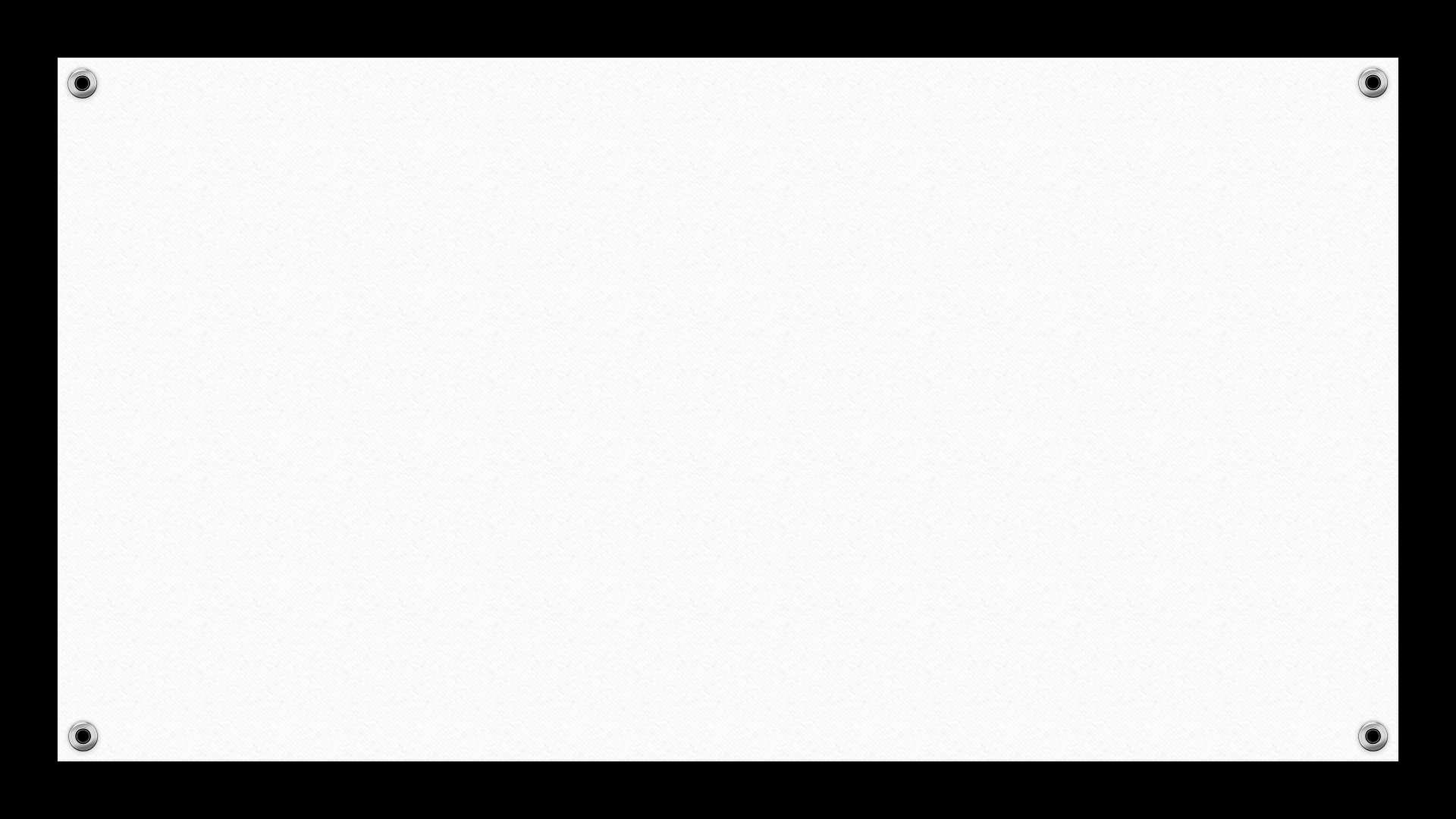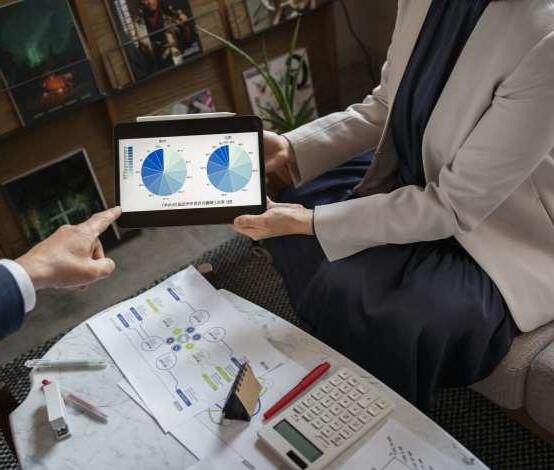
The Evolution of Payroll Software: From Manual Calculations to CloudBased Solutions






• Payroll management is a critical function for businesses of all sizes, ensuring employees are accurately compensated for their work. Over the years, the process of payroll management has evolved significantly, transitioning from manual calculations and paperbased systems to sophisticated cloud-based solutions. This document explores the evolution of payroll software, highlighting key milestones and innovations that have shaped the way businesses manage payroll today.






In the early days of payroll management, businesses relied on manual calculations and paper-based systems to process employee wages. HR personnel would meticulously record hours worked, calculate deductions for taxes and benefits, and prepare physical paychecks or cash payments. These manual processes were timeconsuming, prone to errors, and often resulted in inefficiencies.


The advent of computer technology revolutionized payroll management, leading to the introduction of computerized payroll systems in the 1970s and 1980s. These early systems automated many aspects of payroll processing, such as calculating wages, deductions, and taxes. However, they were often standalone software installed on individual computers, limiting accessibility and collaboration among HR and accounting teams.


As technology continued to advance, integrated payroll software solutions emerged in the 1990s, allowing businesses to manage payroll alongside other HR functions within a single platform. These integrated systems, such as the best payroll software India, offered greater efficiency, accuracy, and convenience, enabling seamless data sharing between payroll, HR, and accounting departments. Businesses could now automate processes such as time tracking, benefits administration, and tax filing, streamlining payroll management workflows.


In the early 2000s, cloud computing revolutionized the way businesses accessed and deployed software, paving the way for cloud-based payroll solutions. Unlike traditional onpremises software, cloud-based payroll systems are hosted on remote servers and accessed via the internet. This shift to the cloud offered several advantages, including:


• Accessibility: Cloud-based payroll software can be accessed anytime, anywhere, using web browsers or mobile apps, enabling remote work and collaboration among distributed teams.
• Scalability: Cloud-based solutions can easily scale to accommodate growing businesses or fluctuating workforce sizes, without the need for costly hardware upgrades or installations.
• Security: Cloud-based payroll systems offer robust security measures, including encryption, data backups, and secure access controls, ensuring the confidentiality and integrity of sensitive employee information.
• Cost-effectiveness: Cloud-based payroll solutions typically operate on a subscriptionbased pricing model, eliminating the need for upfront hardware and software investments and reducing ongoing maintenance costs.


The evolution of payroll software from manual calculations to cloud-based solutions has transformed the way businesses manage payroll, offering greater efficiency, accuracy, and accessibility.
Today, businesses of all sizes can leverage the best payroll management software in India to streamline processes, ensure compliance with tax laws and regulations, and empower HR and accounting teams to focus on strategic initiatives. As technology continues to evolve, the future of payroll management promises even greater innovation and efficiency, driving value for businesses and employees alike.





